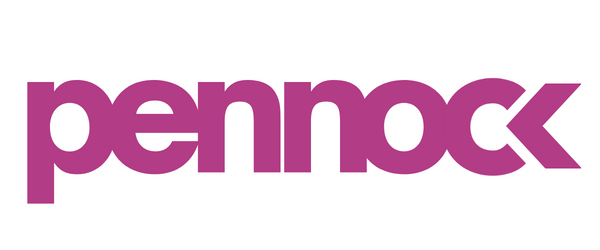Why Your Brand Should Be Advertising On Pinterest
Have you recently redecorated your living room or started planning your next epic vacation? If you answered yes, I bet you spent some time on Pinterest—adding some of your favorite home decor styles and lust-worthy travel destinations to your meticulously created boards that are aptly named, “Home Sweet Home” and “Oh, the Places You’ll Go”.
You’re not alone! With over 450 million active monthly users, many people can relate—Pinterest was born as an ‘inspirational’ place for infinite scrolls of recipes, fashion, inspirational quotes and DIY tutorials. It truly has become a unique social media platform that has evolved over the years into much more than a collection of beautiful images.
So who’s on Pinterest? Women in the 25-34 age group make up the largest audience (and since women influence 70-80% of consumer spending, this is good news!). Men make up about 20% of the Pinterest audience—a low number, but it continues to grow each year. Pinterest users tend to be in their planning and decision making process and have a ‘ready-to-buy’ attitude. Which is why companies should not miss the opportunity to leverage their brand on this platform.
Let’s take a deeper dive into the different ways Pinterest can help you grow your business.
PINTEREST EVOLUTION
You might be tricked into thinking that the Pinterest audience is like the feed-scrollers of Facebook and Instagram, but you’d be wrong: pinners are a ready-to-shop audience. Within the last couple of years, Pinterest has developed into a discovery and shopping engine. Pinterest puts your brand in front of people looking for ideas and products. The more users interact with pins, the more the platform is learning about their tastes and will send personalized suggestions based on that history. Every brand has an opportunity to sell!
MARKETING AND GROWTH
A Pinterest marketing strategy can be beneficial for long term results and can fit into many different stages of your acquisition funnel. When your pins become ads, you can boost brand awareness, drive sales, increase conversions, and showcase your products by integrating your catalog into the platform. Here are three other reasons to consider a Pinterest marketing strategy:
Pinterest converts more browsers into buyers. Pinterest helps to reduce the number of steps from discovery to conversion, making it easier for people to get straight to the source. Visitors from Pinterest are more likely to convert into leads or sales faster than from other social media sources.
Pinterest has a lower average CPC compared to Facebook and Instagram, but by no means it is less effective! The platform is not quite as popular among marketers (yet), so the competition is less fierce than other social media platforms.
Pinterest drives more traffic (and lots of it!). Pinterest is an excellent tool to help increase links back to your website, which, in turn, drives more traffic.
TARGETING OPPORTUNITIES
What’s unique about Pinterest is its mix of search campaigns and social media features—which means endless campaign opportunities! Besides the basic demographic targeting (geography, gender, age), you can segment your Pinterest audiences by a list of customers who visited your site, an audience that has engaged with your pins already, or an act-like audience that behaves similarly to the one you already have. Not to mention the plethora of interests you can target, along with the specific keywords you can hone in on.
ORGANIC COMPONENT
A pin is a visual bookmark, and you should create them on a regular basis. You don’t want to overwhelm your audience, but you want to stay top of mind. Pins can be static images or videos and they only need a description and a link. The difference between Pinterest boards and something like a Facebook page is that, with the right keywords, you can get a lot of ‘organic’ traffic and push leads into your funnel.
AD FORMATS
It’s important to understand that Pinterest is a visual platform. Your visual assets (static images or videos) have to be top quality and compelling. Pinterest offers ads in a variety of formats; standard pins, video pins, rich pins, app-install, carousels, and shopping pins—a little something for everyone.
We suggest using vertical pins to maximize screen real estate (2:3 aspect ratio or slightly taller works well). We also recommend testing out a variety of ad formats when launching your ad campaigns to see what type of ad performs best for your brand and your audience.
From the CTAs to the product close-ups—these are just a few examples of brands that are doing it right!
98% of pinners have tried things they find on Pinterest, and 83% have made purchases based on the content they saw (according to an article published back in 2019). With stats like this mixed with visually appealing assets and on-brand storytelling, a Pinterest marketing strategy can be an amazing opportunity for your brand to reach pinners early, bringing them into your sales funnel!
If you have questions about Pinterest marketing or looking for an agency to get you up and running with Pinterest ads—we’re here to help!


